The ReadWriteWeb 2WAY Summit NYC, 2011
Our two-day conference in the summer of 2011 in New York City has amazing content, but attendance is disappointing and we lose money. After, we part ways with another community manager.

We couldn’t have asked for a better venue. The Roone Arledge Auditorium at Columbia University had a full stage, sprung wooden floors, round tables decorated in elegant white cloth, and a huge digital screen onstage that said, “Welcome to The ReadWriteWeb 2WAY Summit NYC.” The entrance was via Broadway, in uptown Manhattan, and outside the door was a sign that read Experience the future of the Web 2 WAYS.
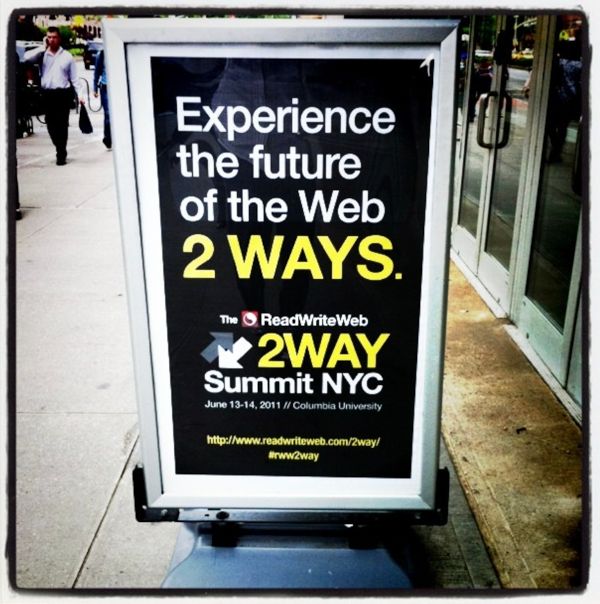
Inside, a group of young volunteers staffed the registration desk, decked out in red RWW T-shirts with our yin-yang logo on the front. I couldn’t help but smile seeing my company’s brand so prominently displayed in this otherwise quintessential New York location. It gave me a surge of excitement as I placed the conference lanyard around my neck.
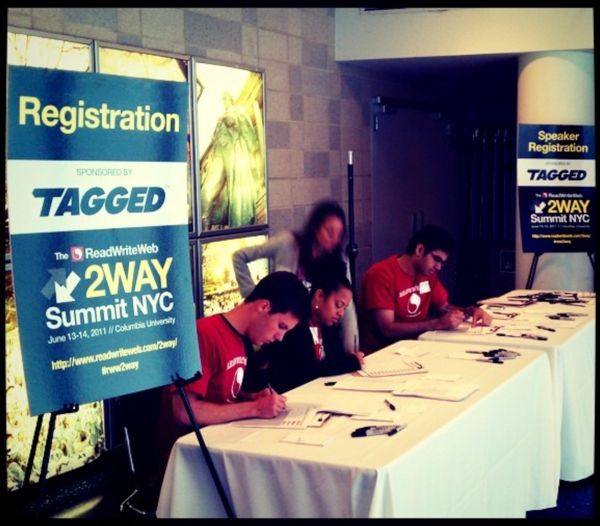
However, I was nervous about how many people would attend—we had not sold anywhere near as many tickets as we’d hoped. It was also early on a Monday morning, and attendees at tech conferences didn’t always turn up on time.
Sure enough, as the time for our opening remarks approached, I looked around the auditorium and saw that many of the tables—on the sides especially—were occupied by just one or two people. The middle tables were mostly full, so we had enough people in the room to make it look respectable, but the general impression was that our event was too small for this venue. Certainly, the vibe was more subdued than I would’ve liked. A full conference hall typically generates a kind of buzz, like the loud hum I once heard as I looked down on New York City from the top of the Empire State Building. But there weren’t enough people at our event to generate that vibe.
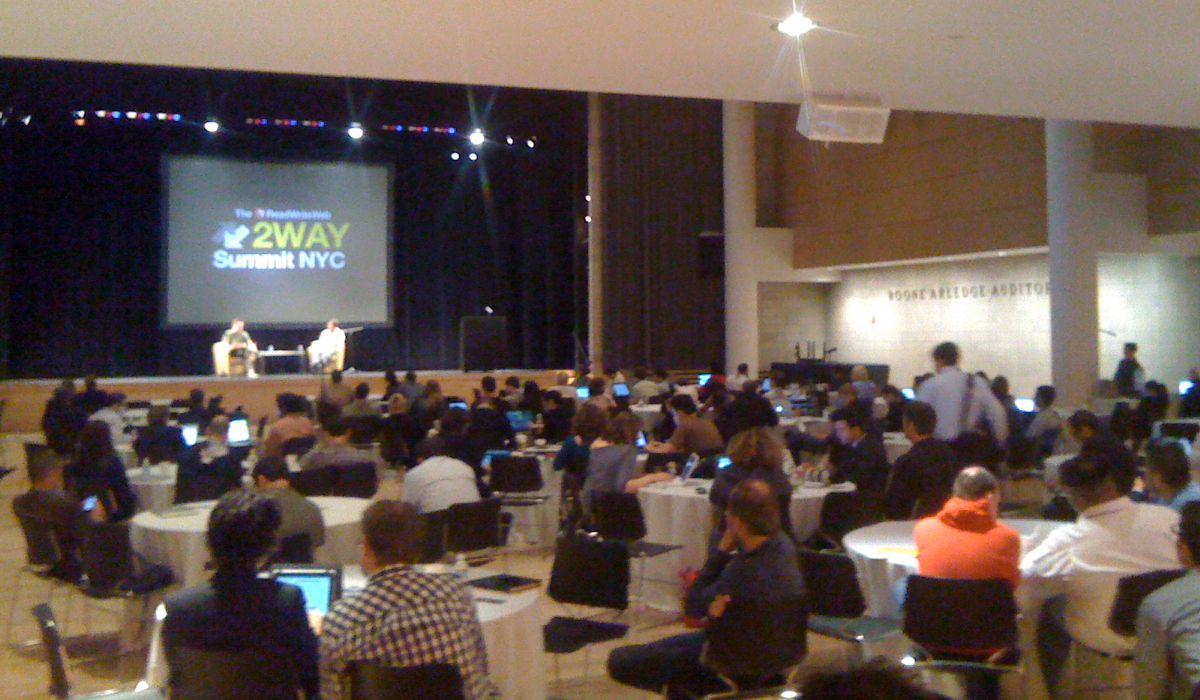
Nobody could fault our lineup of speakers that first morning. First up was NPR senior journalist Andy Carvin, who spoke passionately about the Arab Spring. He said his Twitter feed of the uprisings that year was “as close to real-time war reporting as we’ve ever come.”
Then Fred Wilson, the well-known New York VC who I'd met last year, did a keynote presentation on “content shifting.” It was a commentary on the many different digital devices people were now using.
Next up was danah boyd, a researcher who focused on how young people used internet technologies. She gave a talk about teen sexting and its impact on tech companies: “Your user-generated content dream can quickly turn into a nightmare.”
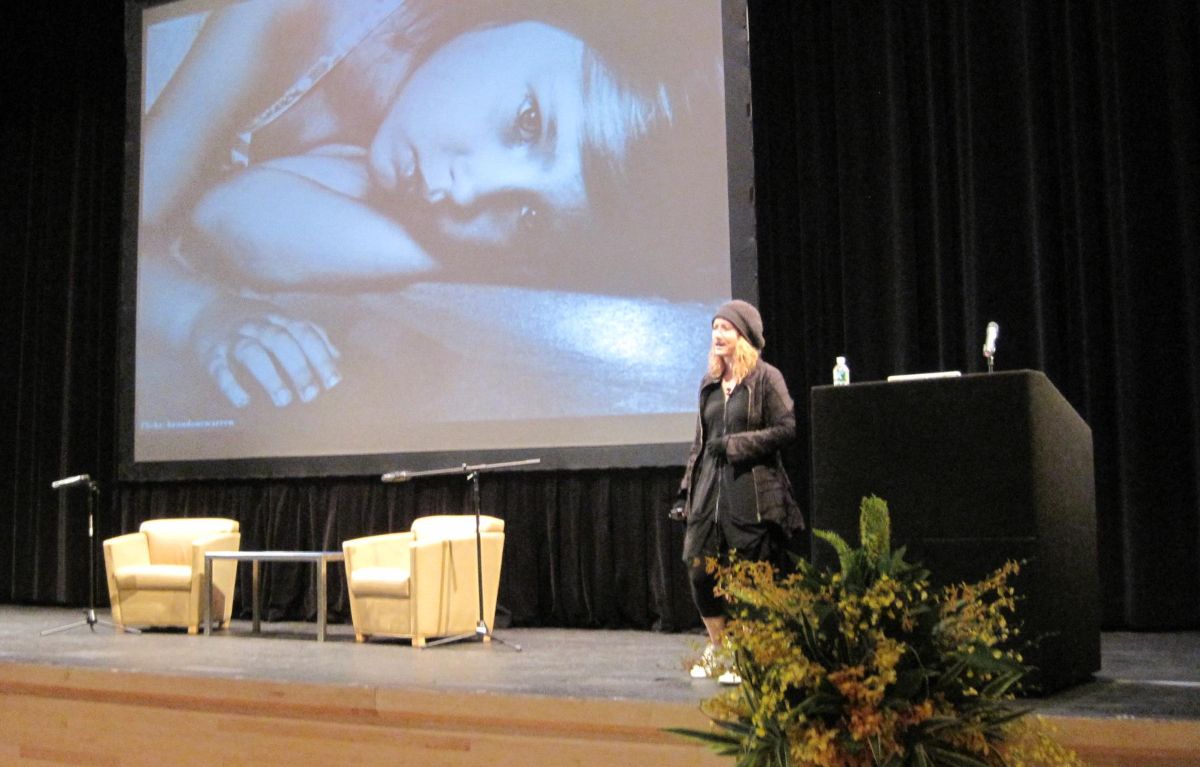
These three sessions were all intriguing, and, even better, the auditorium slowly filled up as the morning went on, although it never reached capacity.
To round out the morning sessions, we’d originally scheduled a debate between Mahalo’s Jason Calacanis and Gawker Media’s Nick Denton, two charismatic New York-based media entrepreneurs who often sniped at each other online but were rarely seen together onstage. Seamus had even organized a promotional poster of the pair in the style of an olden day’s boxing match: ReadWriteWeb Presents: A Battle of Epic Proportions. Unfortunately, Denton had pulled out a couple of weeks before the event, so it was now a Q&A with Calacanis, with our managing editor Abraham lobbing the questions to him. Jason turned this into an entertaining session full of his off-the-cuff opinions—“There are a lot of stupid people out there … and stupid people shouldn’t write”—but still, it was a shame the standoff with Denton never happened.
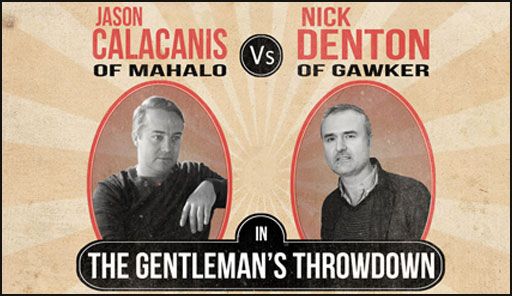
My interactions with both Seamus and Marshall were a little awkward that day. Marshall, of course, was polite and professional. He conducted an excellent interview with Chris Dixon, then CEO of a recommendation engine startup called Hunch (later that year it would be acquired by eBay). But given my email just days before the event about taking the coeditor title off him, he was understandably a bit standoffish with me. As for Seamus, I just didn’t know what to say to him. The poor turnout at this event was disappointing, and the equally bad state of affairs with our social media channels continued to irk me. I had to give him credit for the event agenda, though, along with the signage and other aspects of the event. Still, I was dreading the inevitable conversation we’d be having later that week.
My time onstage that day was an interview with Flipboard founder Mike McCue, straight after Marshall’s talk with Dixon. Again, the content was compelling. Flipboard was one of my favorite iPad apps, but I was surprised to hear from Mike that the app was designed pre-iPad (which came out in 2010). The goal had been to reimagine Web content, he said, and I certainly felt he’d succeeded in that.
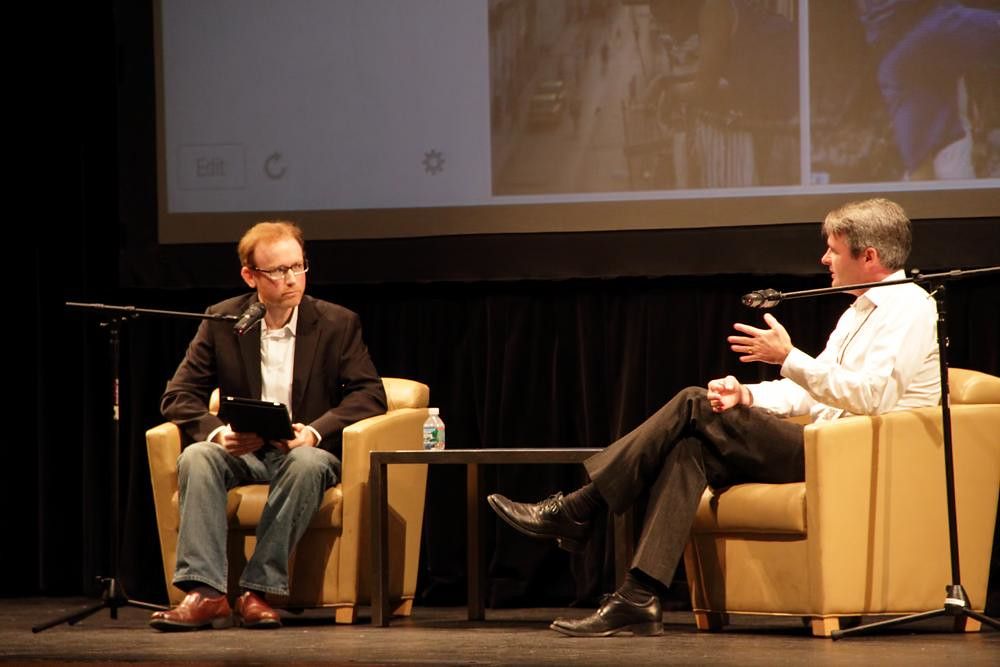
Content shifting, Arab Spring, teen sexting, recommendation engines, new forms of web browsing—it had been a day full of big ideas and important discussions about the future of the web. Day two would be back to our usual “unconference” format, with the audience much more involved in proceedings, but I thought we’d put on a good show with the traditional conference format. It was just a shame the audience was not as big as we’d have liked.
The second day of the event went smoothly, and we had a good turnout for the speed-geeking session to end the morning. But as the afternoon wore on, the crowd thinned out and it was painfully obvious that our event hadn’t been a success.
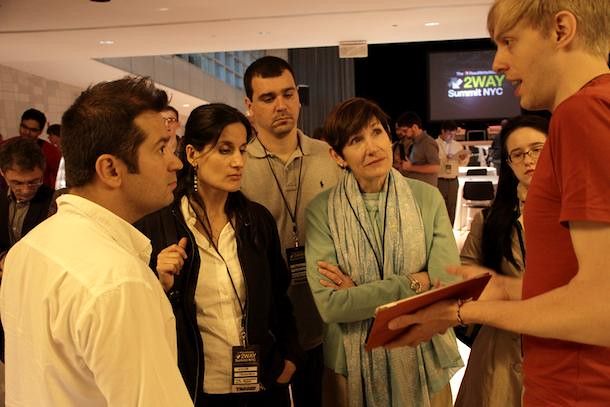
That Tuesday evening, I wandered around the East Village by myself to decompress. I went into several bookstores, which was a common way that I liked to relax while traveling. Sean, Marshall, and I would be having management meetings over the next couple of days, to review the state of the business and plan for the rest of the year. We were still doing well financially, but we’d stalled on the website growth in the first half of 2011. And now the event, our fourth, had been a disappointment and had lost money (exactly how much, I’d find out soon). We would have to come up with another way to grow the business in the second half of 2011.
RWW Mgmt Debriefing
The following day began with a breakfast meeting with our current web designers, a company called Copious. They were based in Portland but had made the trip out east for our event. Copious had designed the event website and the brand identity for the conference, both of which we’d been pleased with. We planned to have them create a new design for the RWW website, which was needed in part because we wanted to move off Movable Type and onto WordPress by the end of the year. It was also required to pivot the main site from news coverage to analysis. Copious promised to send us a plan and budget soon.
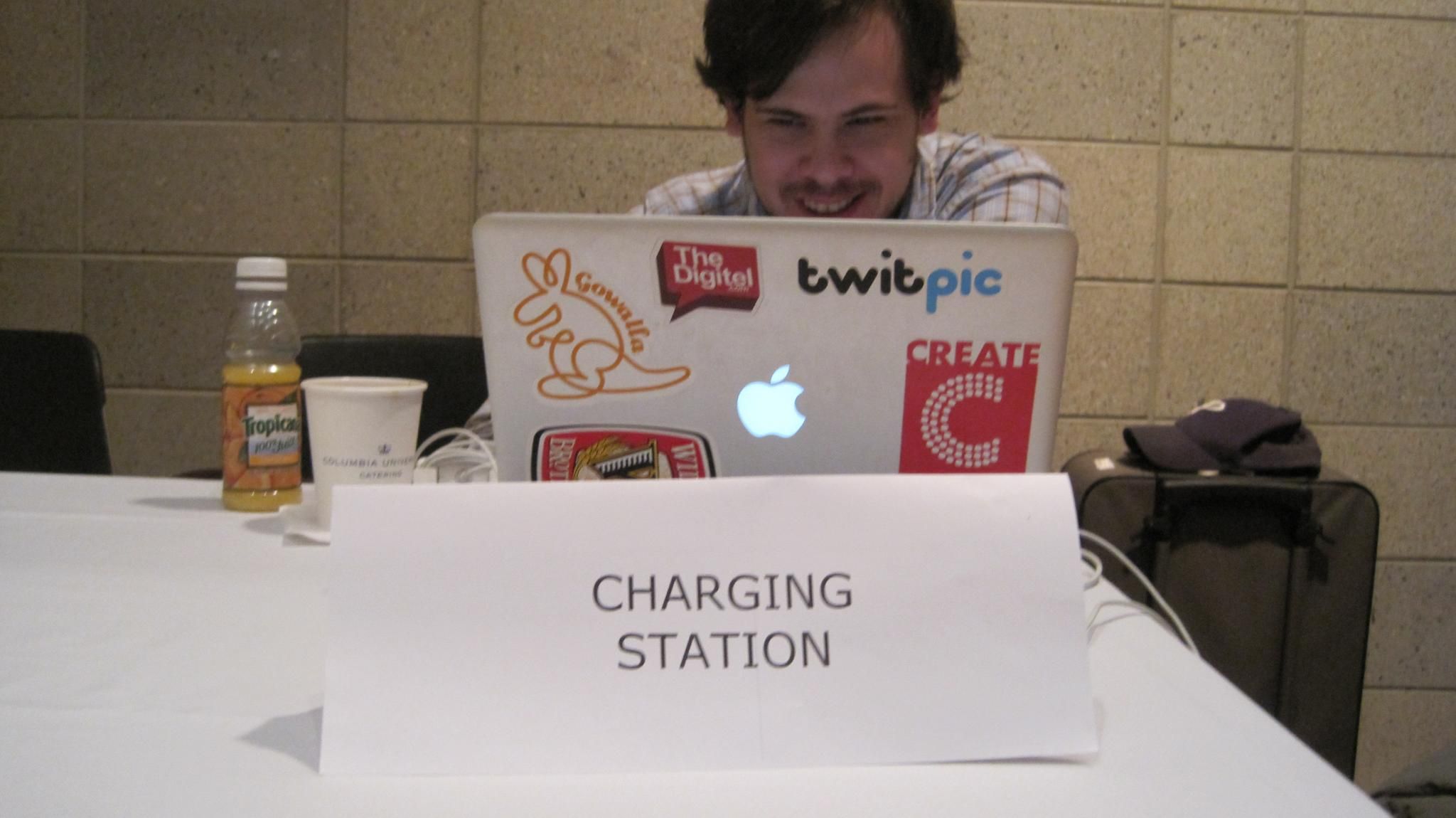
Next, Sean, Marshall, and I convened at a local café for our first day of management meetings. The agenda was to review the current state of the business and plan for the rest of 2011.
We began by talking through the editorial issues and my new vision for the site. I’d come up with a new mantra to define our renewed focus: “Smart news over breaking news.” Consumer news would remain the primary focus of the main site, I said, as it was important our readers were kept abreast of web trends and product news. But our goal was no longer to be the first to cover the news—TechCrunch or Mashable were usually the first to a story anyway. Our new goal was to provide analysis and context around the news of the day, to help our readers understand it better. This would help reinforce RWW as a community that provides thoughtful discussion, I said.
In order to organize our writers in this new direction, I proposed to give each of them “beats.” Each writer would be assigned a mix of beats, covering both the big companies (like Google and Apple) and topical beats that were important for RWW to cover but also complementary to the writers’ own passions. For example, Audrey—whom I had sat down with on Tuesday afternoon in a one-on-one—was keen to cover the educational technology beat. Our unofficial tagline in recent years had been “What’s next on the web,” and I reiterated that this was still our guiding principle when deciding which beats to cover.
I would work with Abraham to come up with a daily process based on this new beats system. My initial thought was for the team to identify the main stories at the start of each day, perhaps via a Skype meeting, and Abraham would assign posts based on that. I suggested to Marshall that his RSS-based tool system would still be valuable as support for writers when writing their stories, although it probably wouldn’t be as important now in finding stories. That would be up to the writers, who would be able to focus their attention more narrowly on their assigned beats.
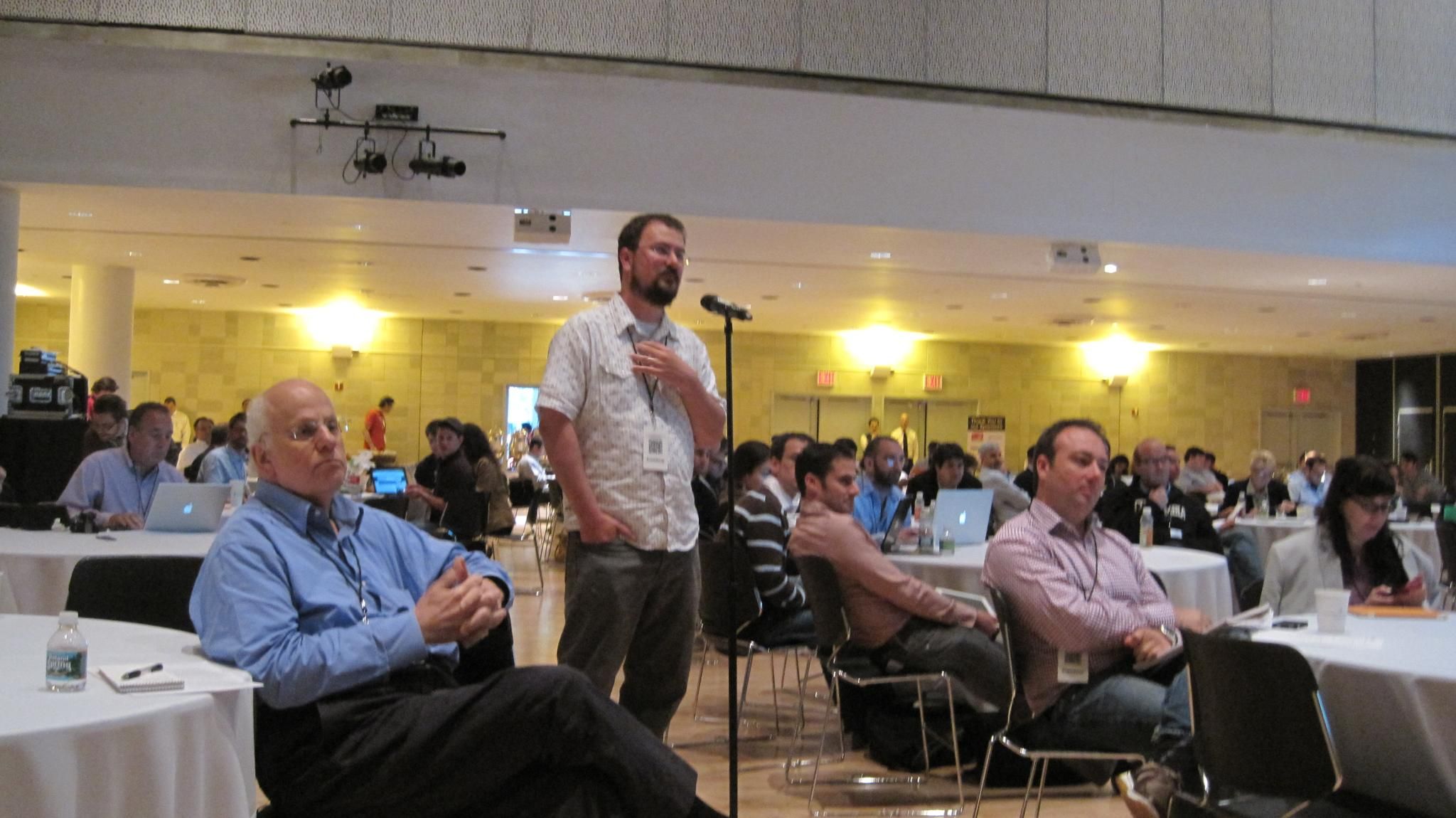
Inevitably, we had to discuss removing the coeditor role from Marshall. He wasn’t happy about this and questioned whether it would further impact the morale of our writers. He also pointed out that my time zone meant that I wouldn’t be around in the mornings US time, so would the writers have enough direction from me each day? These were fair points, and I acknowledged that I would have to be more involved in editorial on a day-to-day basis—something that had slipped over the past year or two while I focused on business matters.
A Difficult Meeting
The following morning, Sean and I had scheduled a face-to-face meeting with Seamus. We’d already decided before the event that he had to go, and nothing that had transpired during the week had changed our minds about that. Still, it would be a difficult meeting—and the first time since Bernard that I’d had to sit down with an employee and give them this kind of news.
Seamus had suggested a restaurant called GustOrganics, on the Avenue of the Americas in lower Manhattan. We would be meeting him at 9:30 a.m., but Sean suggested he and I meet there forty-five minutes earlier to discuss a financial spreadsheet he’d prepared overnight.
It was a nice-looking restaurant, painted avocado green on the outside and with a spacious and colorful interior. We ordered breakfast, and I confirmed to Sean that I’d removed Seamus’s access to our main publishing and social media accounts. Marshall had objected to my doing this, but since I wouldn’t have access to the internet straight after the meeting, it felt like the sensible thing to do. As our community manager, Seamus had been in charge of our Twitter and Facebook accounts up till now, so I wanted to make sure nothing untoward happened after we gave him the bad news. I had no reason to believe he would do such a thing, so perhaps this was paranoia on my part.
As usual, Sean had prepared a thorough spreadsheet of his projections for the rest of the year. He was of course concerned about the stalled page views, which needed to start growing again if we were to meet our revenue goals. We also briefly discussed the event loss, which he estimated would be around $30,000. It was sobering to hear that, and it probably helped prepare me for what I had to tell Seamus.
Around 9:30 a.m., Seamus walked in. He looked glum and mumbled a greeting to us as he heavily plopped himself into a chair at our table. We’d finished our breakfast by this point, so I asked if he wanted to order anything. He shook his head and avoided eye contact. He likely knew where this meeting was headed, although I didn’t know if he’d checked any of his logins that morning. I took a deep breath and proceeded to list out the issues in his performance over the past year: the poor ticket sales to the event that had resulted in us losing money, the decline in our social media referral traffic, the lack of progress in tech communities such as Reddit and Hacker News, and more.
I tried to couch all this with some positives, for example that we’d been impressed by the event programming and the quality of the speakers. Nevertheless, he took my criticisms poorly and tried to counter each one by deflecting the blame elsewhere. Sean interjected and pointed out that all the things I’d just said were a part of Seamus’s KPIs, and so were in black and white as goals that he'd been set.
Things got quiet for a minute, and then Seamus asked what would happen now. I said that unfortunately this couldn’t continue, and we were giving him his notice today. I told him we’d work out the details over email and that it was up to him if he wished to continue working for us during the notice period—we would pay him either way. He didn’t say anything in reply and was still avoiding eye contact. Then he abruptly got up and walked out of the restaurant.
Sean’s eyes were as wide as saucers, and I wiped some sweat off my brow. “Just as well I shut him out of the social media accounts,” I said, only half-jokingly.
This post is part of my serialized book, Bubble Blog: From Outsider to Insider in Silicon Valley's Web 2.0 Revolution. View table of contents.
Next up: 061. RWW Writer Exodus — the Blog Business Pressures Pile Up
Buy the Book
My Web 2.0 memoir, Bubble Blog: From Outsider to Insider in Silicon Valley's Web 2.0 Revolution, is now available to purchase:
- Paperback, US$19.99: Amazon; Bookshop.org
- eBook, US$9.99: Amazon Kindle Store; Apple Books; Google Play
Or search for "Bubble Blog MacManus" on your local online bookstore.